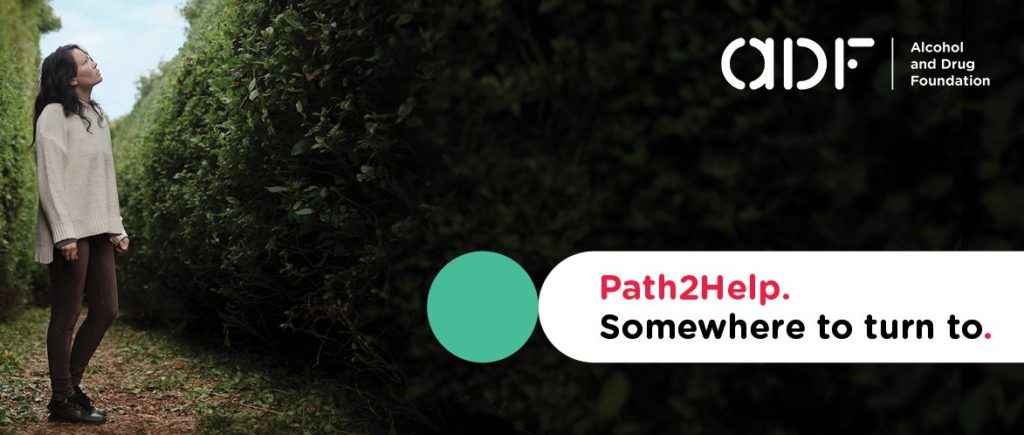This 10-week study will examine whether propranolol, a medication that blocks the activity of the stress hormones adrenaline and noradrenaline, can relieve acute stress disorder (ASD) and symptoms from persisting long-term. ASD is a condition that some people develop soon after exposure to trauma. They may be anxious, depressed, have trouble sleeping, startle easily, have difficulties concentrating, and feel as though the event is happening again. Propranolol has been used for many years to treat high blood pressure and heart disease, and has been found useful in treating anxiety states such as social phobia and migraine.
Official Title
Propranolol For the Treatment of Acute Stress Disorder
Conditions
– Stress Disorders, Traumatic, Acute
Study Type
Interventional
Study Design
Treatment, Safety/Efficacy
Further Details
Men and women between 18 and 65 years of age who were recently exposed to trauma (between 1 and 3 weeks of evaluation in this study) may be eligible for this study. Candidates must be diagnosed with ASD and must have been mentally healthy before the traumatic event. They will be screened for the study with a medical and psychiatric interview, physical examination, electrocardiogram (EKG), and blood and urine tests. Participants will be evaluated with the following procedures:- Neuropsychological tests using pen-and-paper and computer tests to evaluate cognitive function, particularly memory, learning, attention and concentration, and vocabulary and naming. – Emotion-related performance tasks to determine if the study medication can weaken emotionally arousing information by blocking the activity of adrenaline and noradrenaline. Subjects perform emotion-related and neutral tasks, such as looking at pictures with neutral, pleasant, or unpleasant content, both before and after treatment with the study medication (see below). – Traumatic script exposure: Subjects recount the traumatic event that caused them to develop ASD. The description is summarized, recorded, and played back to the subject. During the playback, physiological responses, such as heart rate and skin conductance (sweating), are recorded using electrodes taped to the hand and chest. – Fear conditioning to evaluate the response to an unpleasant stimulus: Several mild electrical shocks are delivered to the wrists while the subject looks at colored squares. Heart rate and skin conductance are measured. – Magnetic resonance imaging (MRI) to examine brain structure. The subject lies on a table that is moved into the MRI scanner (a narrow cylinder containing a strong magnetic field) and must remain still during the actual scanning. Earplugs are worn to muffle loud noises caused by electrical switching of radio frequency circuits used in the scanning process. After the evaluation, participants are randomly assigned to receive either propranolol or placebo (a look-alike pill with no active ingredient) for 8 weeks During this time they are seen by a doctor once a week for 4 weeks and then once every other week for the rest of the study. At the end of the 8-week treatment period, participants undergo the same evaluation they had before beginning treatment (see above). The decision to continue treatment will then be decided based on the individual’s clinical condition and whether he or she received propranolol or placebo. The effects of exposure to severe stress differ between individuals. Still, a typical response pattern consisting of increased anxiety and arousal, sleep difficulties, preoccupation with and re-experiencing of the traumatic event is the rule. In most trauma survivors the severity of this condition diminishes within days or weeks. Still, in some cases psychopathology persists, and can lead to severe and chronic PTSD. The diagnosis of “Acute Stress Disorder” (ASD) was introduced in DSM-IV, addressing psychopathology between 2 days and 1 month of exposure to trauma. It has been shown that 60%-80% of patients who meet criteria for ASD will go on and suffer from PTSD. Nevertheless, pharmacological trials in PTSD have only been performed, with few exceptions, in chronic populations. Chronic PTSD has emerged as a treatment resistant condition, with only partial response to treatment with antidepressant and anxiolytic agents. Therefore, the potential benefits of early treatment intervention in this condition could be immeasurable. A principal model proposed to explain the initiation and perpetuation of PTSD is the fear-conditioning model. It assumes that intrusive, involuntary, repetitive, vivid emotionally laden memories of the trauma are pivotal to the development of the disorder. Although such memories are a part of the early trauma response, in healthy trauma survivors these memories gradually lose their intrusive quality and much of their emotional charge, allowing recovery. In PTSD this process does not occur. The impediment to recovery may result from deeper encoding and consolidation of the traumatic memories inhibiting the normal process of extinction that is part of the healthy processing of the traumatic event. Animal and human research has conclusively shown that emotionally charged stimulation is remembered better than less emotionally arousing information. Animal and human data show that catecholamines, particularly norepinephrine, augment consolidation of emotional memory. Furthermore, administration of catecholamine receptor blockers cancels the enhanced memory for emotional, compared to non-emotional, information. These data suggest that administration of catecholamine receptor blockers soon after trauma may obstruct consolidation of emotional memories, thereby preventing or alleviating posttraumatic symptomatology. Treatment experience in humans is limited to the administration of propranolol in single case descriptions and a pilot prevention study that was not sufficiently powered to allow a definite inference. However, the overall impression from administration of propranolol in the early time period after trauma is positive. In light of the neurophysiology and preliminary data presented above, we propose a prospective, randomized placebo controlled study of propranolol treatment in ASD.
Study Start
Eligibility & Criteria
Genders Eligible for Study: Both Criteria Inclusion Criteria1. Exposure to trauma between 1 and 3 weeks of evaluation.2. Traumatic event involving at most minor physical injury (i.e., release from the ER within 12 hours of admission, without surgical intervention).3. Mentally healthy prior to trauma exposure.4. DSM-IV diagnosis of ASD.5. CAPS score equal or greater than 40.6. Eighteen-65 years old, in good physical health as confirmed by a complete physical exam (including normal vital signs), electrocardiogram, neurological exam, and routine laboratory tests of blood and urine. (However, if patients have had blood work through the ER or their primary MD within the last 6 months, these results will be used instead of repeating blood draws for inclusion into the study).7. Male and female.8. Capable of providing informed consent, obtained prior to any study procedures.9. Free of all psychotropic medication for at least 1 week, excluding short-term hypnotics.Exclusion Criteria1. Any DSM IV Axis I diagnosis preceding exposure to trauma. In order to compare a homogenous subject group we require all participants to be physically and mentally healthy before exposure to trauma.2. Treatment with psychotropic medication other than short acting hypnotic or sedative medication since exposure to trauma. Allowing such treatment acknowledges patient distress and ensures administration of minimal level of care. Short acting medications enables having patients free of medication when absolutely necessary.3. History of traumatic brain injury involving loss of consciousness for at least 20 minutes or anterograde amnesia for at least 24 hours.4. Blood pressure over 150/100 or under 100/60 (applicable for either systolic or diastolic measures). Pulse over 100 or under 60 per minute.5. Cardiac arrhythmia, coronary artery disease or any cardiac dysfunction with a potential to develop congestive heart failure.6. Bronchospastic pulmoray disease, chronic obstructive pulmonary disease or any active lung disease.7. Raynaud phenomenon. Potential participants with other immune vasculitis will be referred to internal medicine consult.8. Risk factors for coronary artery disease: Family history, diabetes, hyperlipidemia, hypertension, peripheral vascular disease or physical signs suggestive of cardiac compromise. Any questionable case will be referred to internal medicine consult.9. Treatment with any adrenergic compound, prescription or over-the-counter (OTC; for example, preparations containing yohimbine sold OTC).10. Unable to comply with study procedures or assessments.11. Patients at current risk for homicide or suicide.12. Litigation before or during the study. Seeking compensation so soon after trauma, before or during any treatment trial, may represent ambivalence in the true motivation for cure.13. Patients who meet DSM-IV criteria for substance abuse (alcohol or drugs) or dependence within 6 months prior to screening.14. Women of childbearing potential who are not practicing a clinically accepted method of contraception or who have a positive pregnancy test or who are lactating.15. Patients suffering from any major chronic physical disorder not specifically mentioned here, even if stable, will have to be individually approved by the PI or another participating MD.
Total Enrolment
50
Contact Details
[1] National Institute of Mental Health (NIMH) (US)
All content and media on the HealthEngine Blog is created and published online for informational purposes only. It is not intended to be a substitute for professional medical advice and should not be relied on as health or personal advice. Always seek the guidance of your doctor or other qualified health professional with any questions you may have regarding your health or a medical condition. Never disregard the advice of a medical professional, or delay in seeking it because of something you have read on this Website. If you think you may have a medical emergency, call your doctor, go to the nearest hospital emergency department, or call the emergency services immediately.







